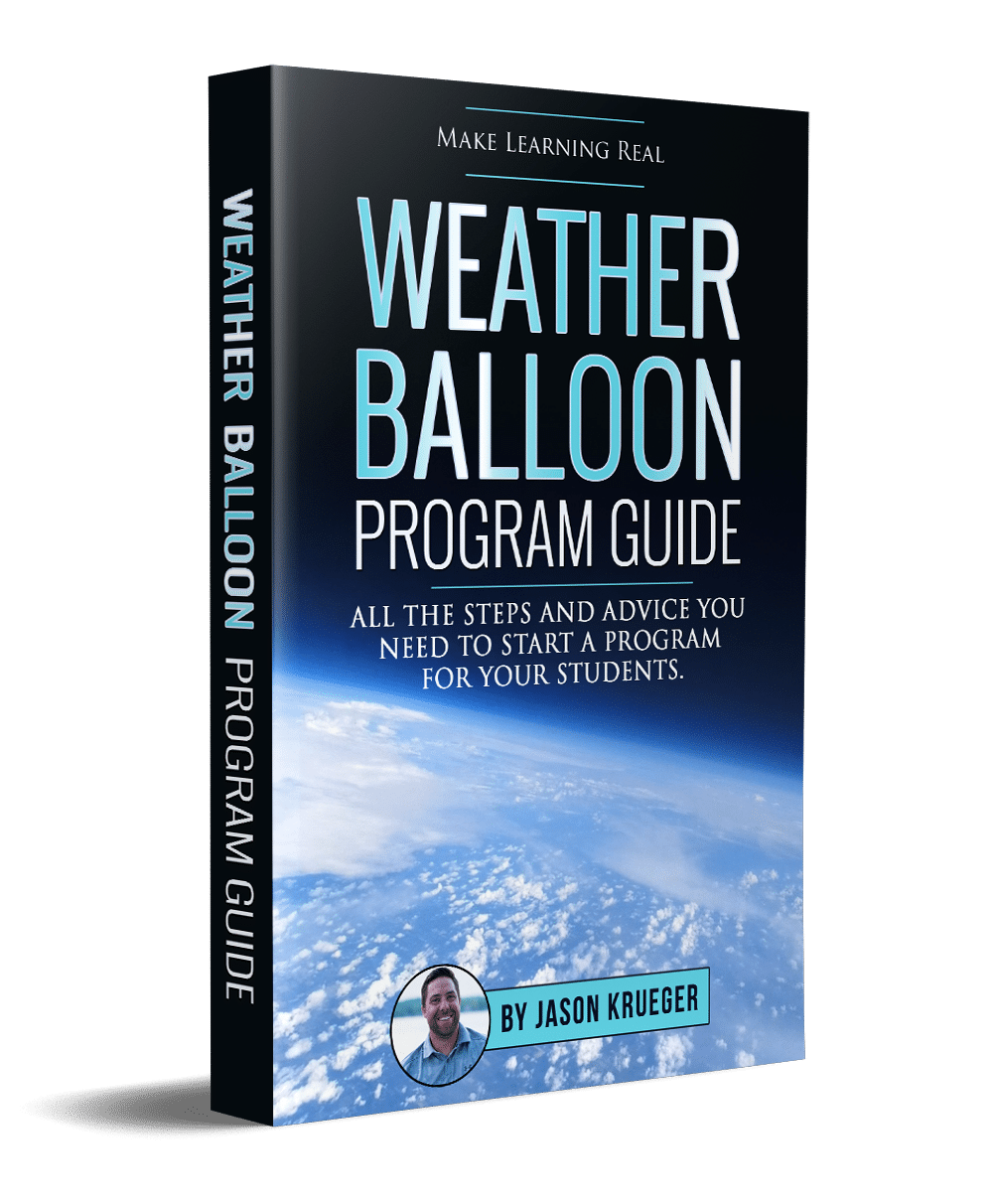We all know that STEAM (science, technology, engineering, arts, math) education is on everyone’s radars. For teachers who are interested in project-based-learning and high altitude science, however, incorporating so many interests into one project can present a challenge. There are plenty of projects and experiments out there, but few of them are able to fully embrace every aspect of STEAM education.
…That is until STEAM education met high altitude science.
STEAM has been at the heart of what we do at StratoStar for years. While the term STEAM has only recently emerged, we’ve always been thinking about how we can build a project that captures the interests of as many students as possible.
A weather balloon project with StratoStar does just that. A high altitude science experiment unlike any other, StratoStar’s weather balloon program integrates the subject matter of STEAM education fully. Here’s how:
SCIENCE
Any branch of science can be worked into a StratoStar project. We’ve done launches that serve as chemistry, biology, or physics experiments. Because each launch is designed by students and teachers, they can choose their own course to learn about whatever branch of science is most compelling to them.
TECHNOLOGY
The GPS tracking system in our payloads leverages the latest technology to put students at the helm of mission control. Students will also familiarize themselves with the technology that goes into a weather balloon launch, and see it with their tablets and smartphones when they launch their weather balloon to the edge of space and track it online.
ENGINEERING
Engineering is a huge part of what makes up a StratoStar project. The students will gain experience as they design their payload and plan their launch. This process of designing and building a launch from the ground up gets students excited about engineering. The launch serves as a sort of engineering capstone as students get to watch their high altitude science project rise to 100,000 feet or more.
ARTS
It’s critical to engage the right brain in project based learning – that’s where creativity and innovation comes from. At the beginning of the project, students engage in a creative brainstorming session to define the nature of their experiment. Will they be playing music in space? Launching water bears? Throughout the course of the project, students are required to embrace their creativity. What will they put in the payload? How much will fit? They will need to rely on creative problem-solving skills in order to make the launch a success as well as make a statement with how well their payload box has been decorated.
MATH
At the end of each launch, students come away with tons of numbers, graphs, and data that they can analyze with their teachers. This is the type of math that was gathered from a real-world application, so students won’t be asking that infamous question about when they will ever use this math lesson… because they already have!
Are you ready to combine STEAM education with high altitude science?
Are you ready for STEAM education to meet high altitude science at your school? Stratostar can help.



